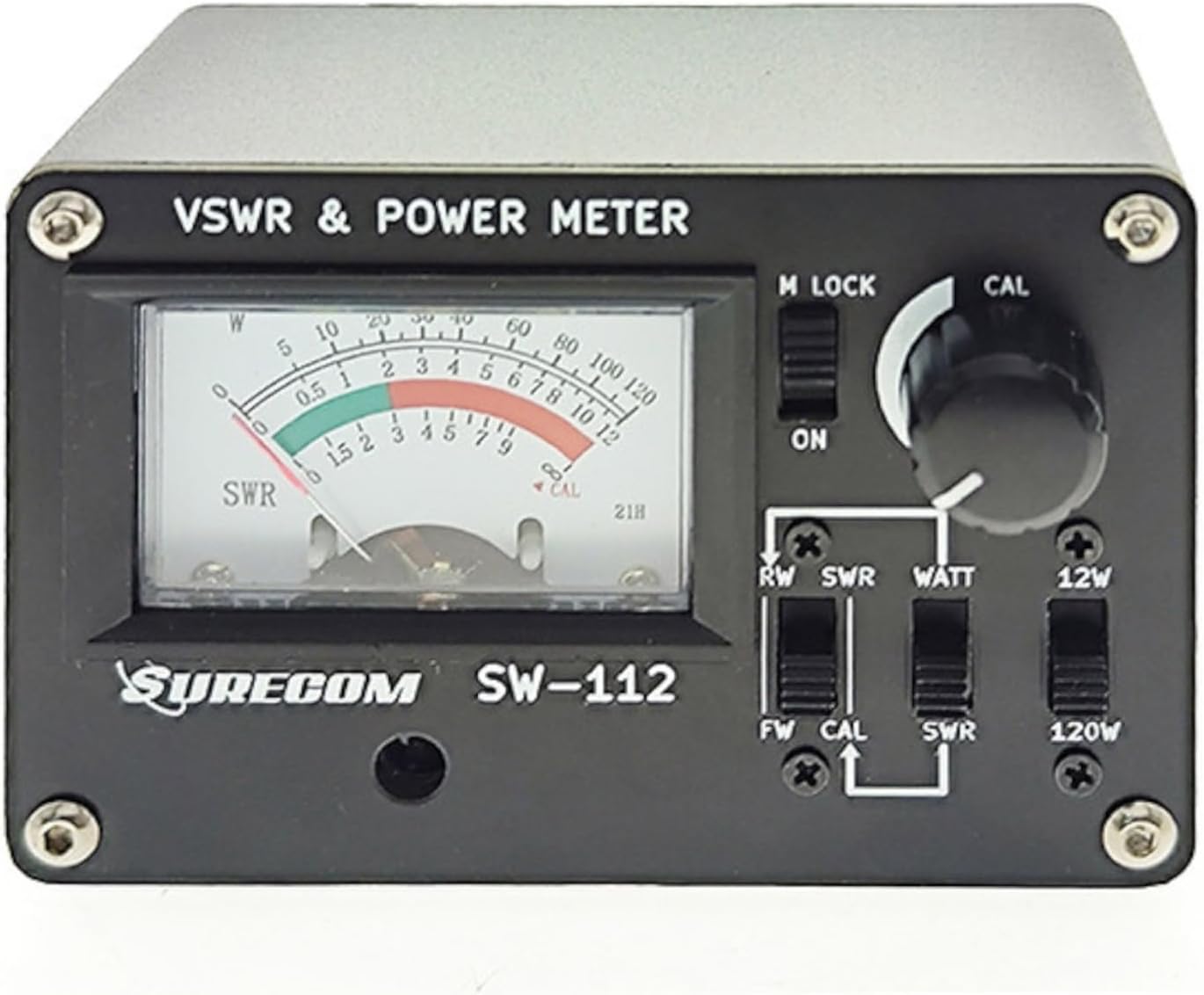
Introduction
The Amateur Radio Public Service Handbook, published by the American Radio Relay League (ARRL), serves as an essential resource for amateur radio operators engaged in public service communications. Whether it's for community events, emergency situations, or disaster response, this handbook provides valuable insights and practical guidance for harnessing radio technology to support public safety and service.
Content Overview
The handbook is structured into several key sections, each addressing different aspects of amateur radio public service. These include:
Fundamentals of Amateur Radio: The book starts with a refresher on the basic principles of amateur radio, including licensing requirements, equipment setup, and operational protocols. This foundation is crucial for newcomers and serves as a useful reference for seasoned operators.
Emergency Communication: A significant portion of the handbook is dedicated to emergency communication strategies. It outlines how amateur radio can play a pivotal role in disaster scenarios when traditional communication infrastructures fail. Detailed procedures for coordinating with local emergency management agencies and the National Incident Management System (NIMS) are included.
Event Communications: The book provides guidelines for supporting community events, such as marathons, festivals, and parades. It discusses planning, logistics, and coordination with event organizers, emphasizing the importance of pre-event training and drills.
Technical Considerations: Readers will find practical advice on equipment selection, antenna systems, and operating modes suitable for public service communications. The handbook also covers topics such as radio propagation, interference management, and troubleshooting, which are essential for maintaining reliable communications in varied conditions.
Case Studies and Best Practices: Real-world examples and case studies highlight successful amateur radio deployments during emergencies and events. These stories not only inspire but also provide tangible lessons learned that can be applied in future situations.
Strengths
One of the standout features of this handbook is its accessibility. The writing is clear and straightforward, making it suitable for readers of all experience levels. The inclusion of diagrams, checklists, and templates enhances its usability, allowing operators to quickly reference critical information during events or emergencies.
Additionally, the emphasis on teamwork and collaboration is commendable. The handbook fosters a sense of community among amateur radio operators, encouraging them to engage with local organizations and public service agencies. This collaborative spirit is vital for effective emergency response.
Areas for Improvement
While the handbook is comprehensive, some readers might find certain sections a bit dated, given the rapid evolution of technology and communication methods. Integrating more current tools and digital modes of communication could enhance the relevance of the content for modern operators. Additionally, more emphasis on digital communication techniques—such as Winlink or DMR—could be beneficial.
Conclusion
Overall, The Amateur Radio Public Service Handbook is an invaluable resource for amateur radio operators looking to serve their communities during emergencies and events. Its practical guidance, clear explanations, and emphasis on collaboration make it a must-have for both new and experienced operators. As amateur radio continues to play a vital role in public service, this handbook stands as a testament to the dedication and resourcefulness of the amateur radio community. Whether you are a volunteer preparing for a local event or an operator gearing up for a disaster response, this handbook will equip you with the knowledge and tools necessary for effective radio communications.
Get Your Copy Of The Amateur Radio Public Service Handbook On Amazon!

